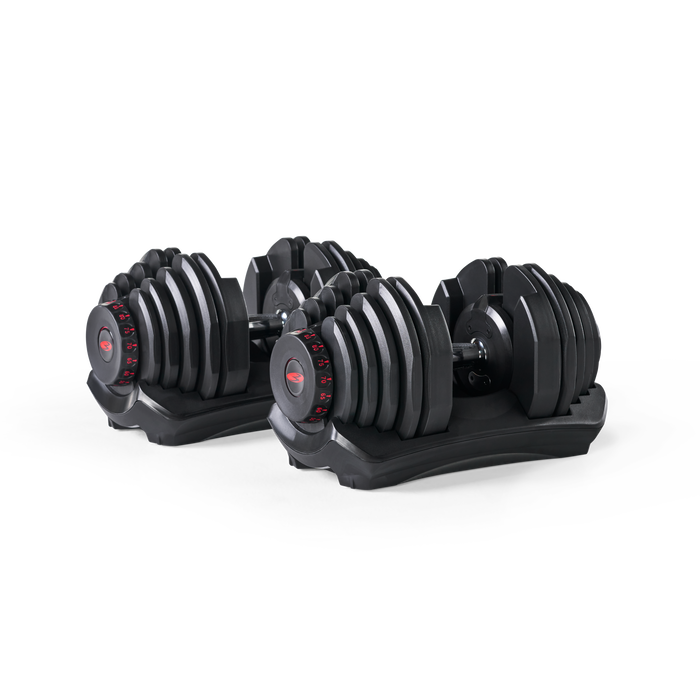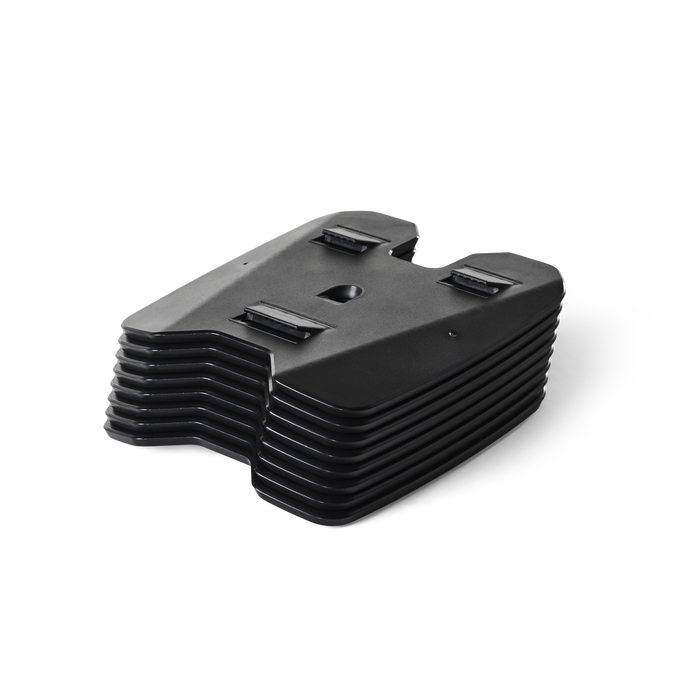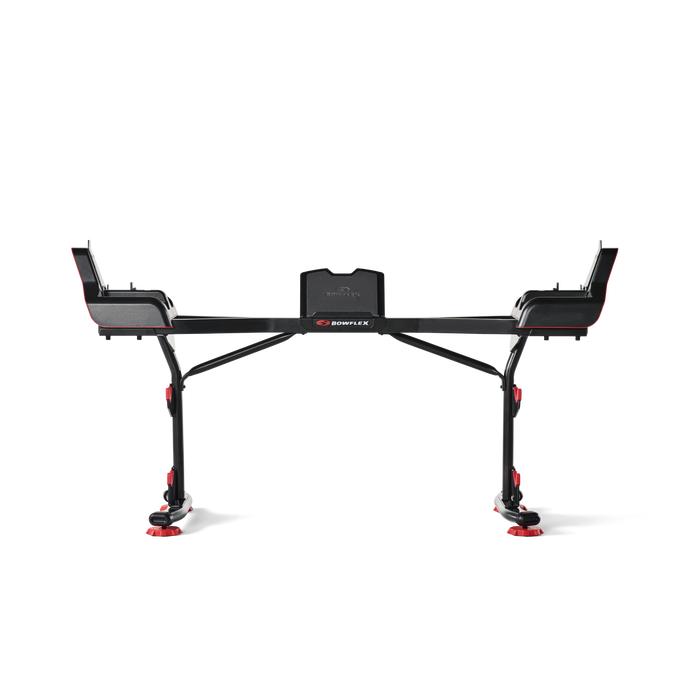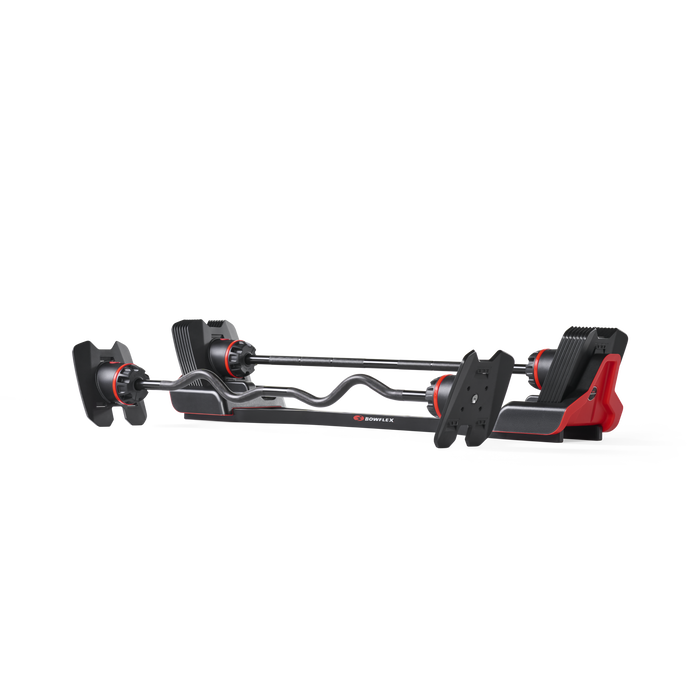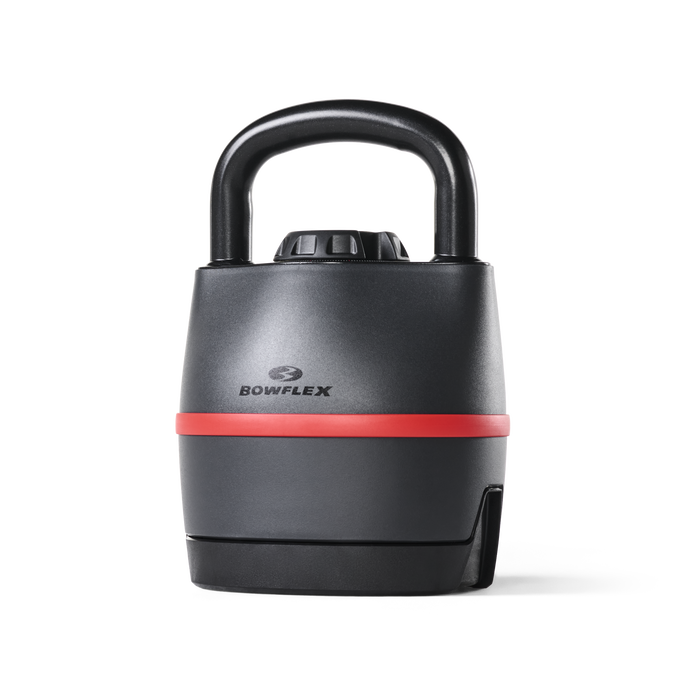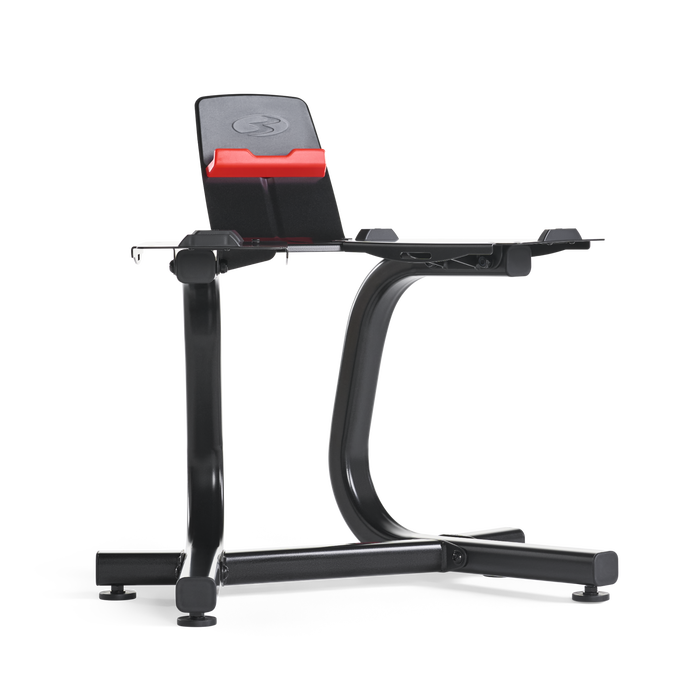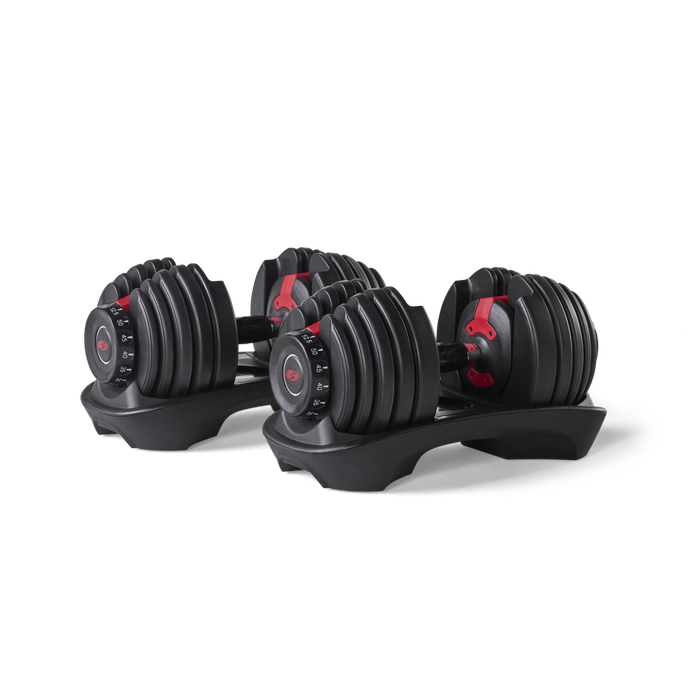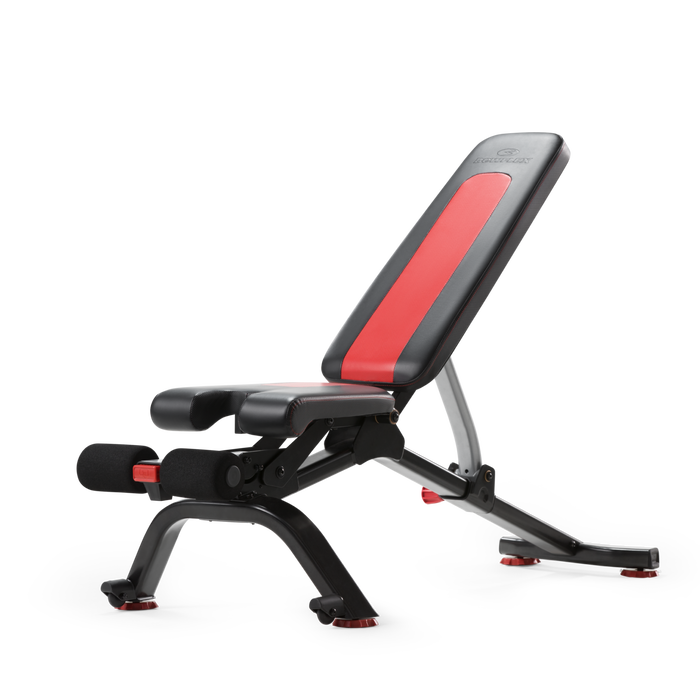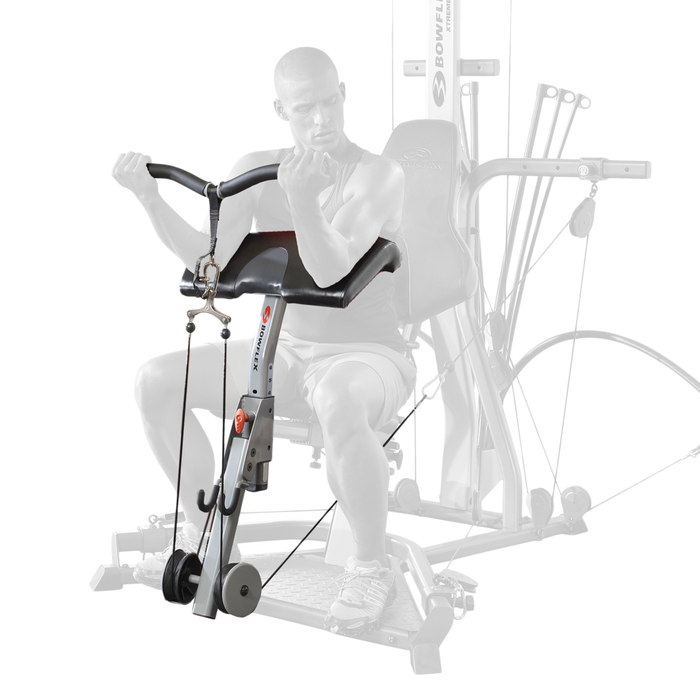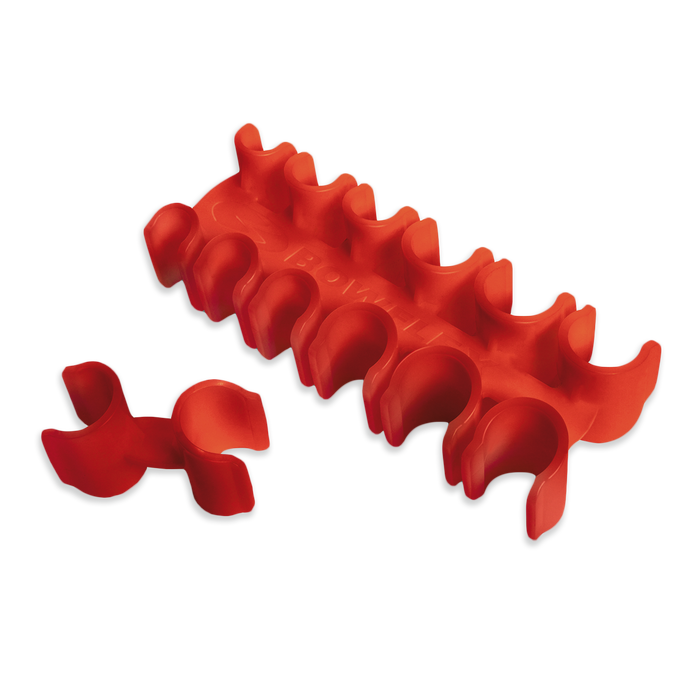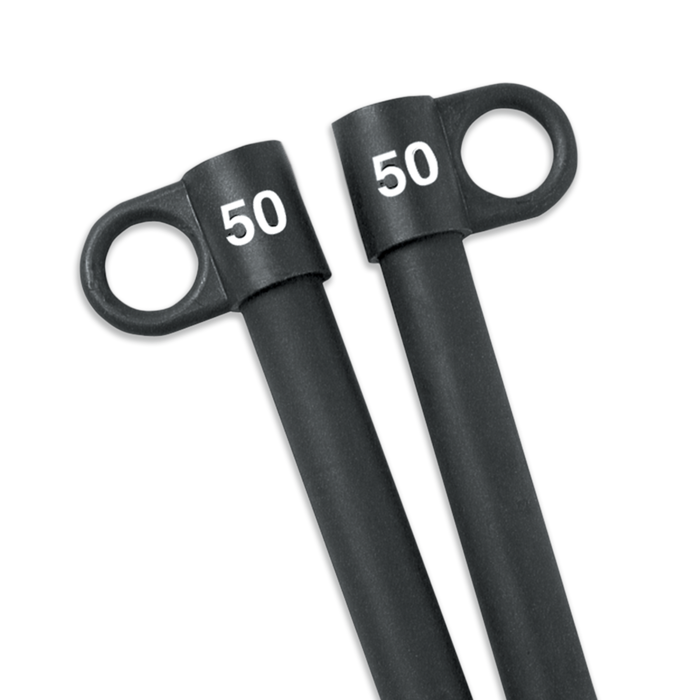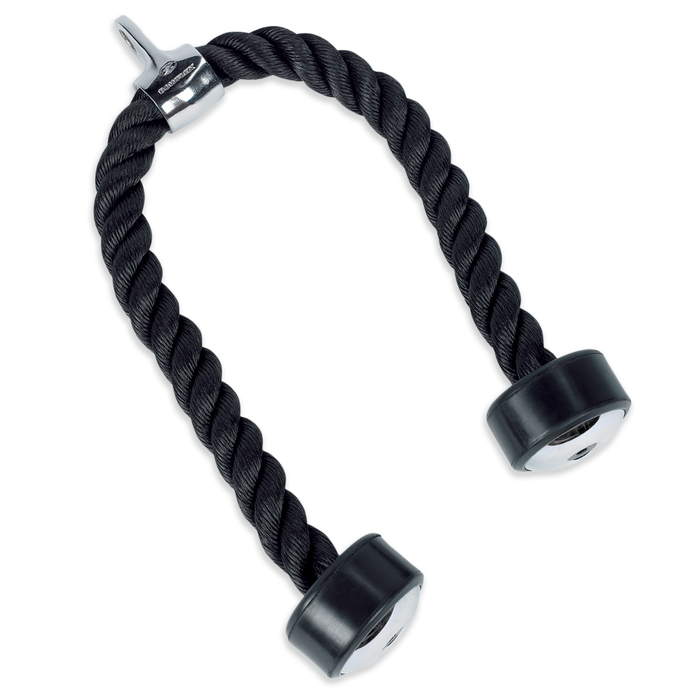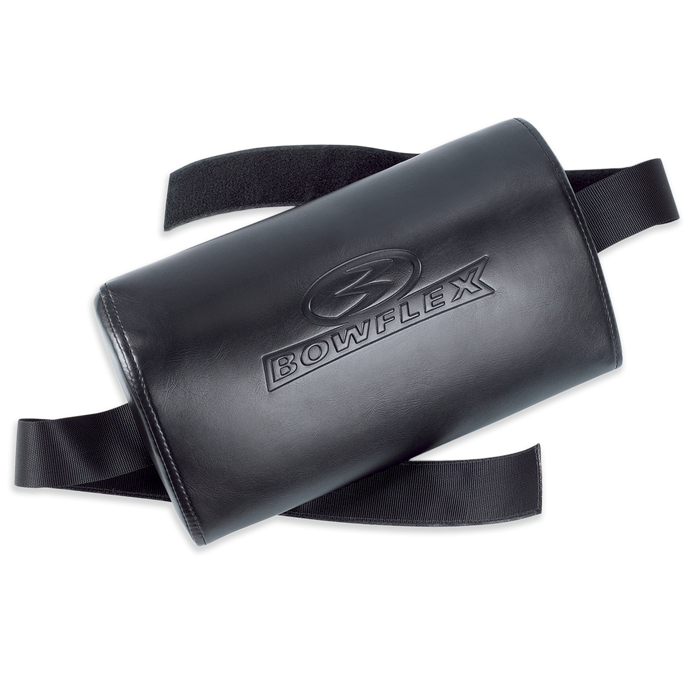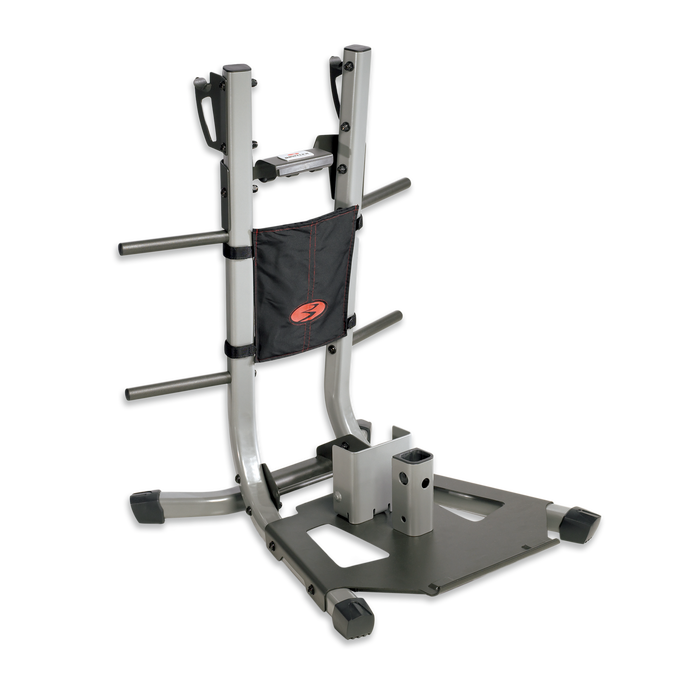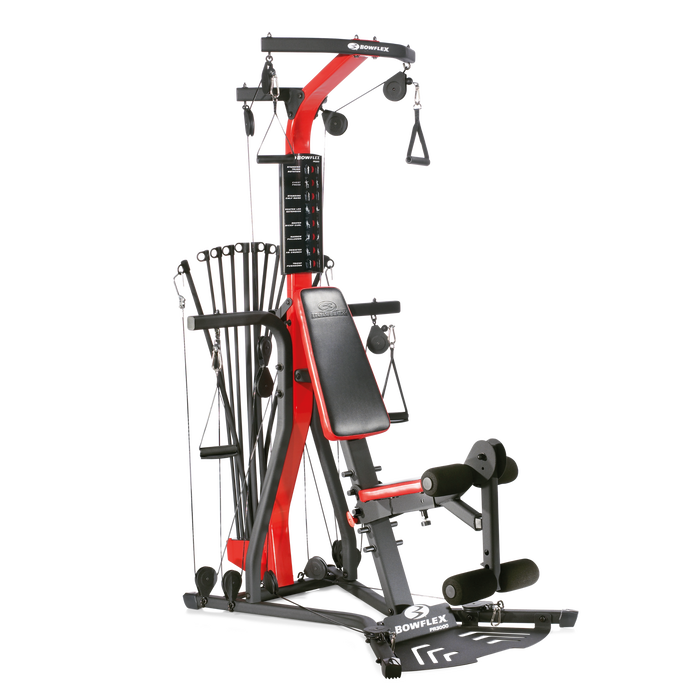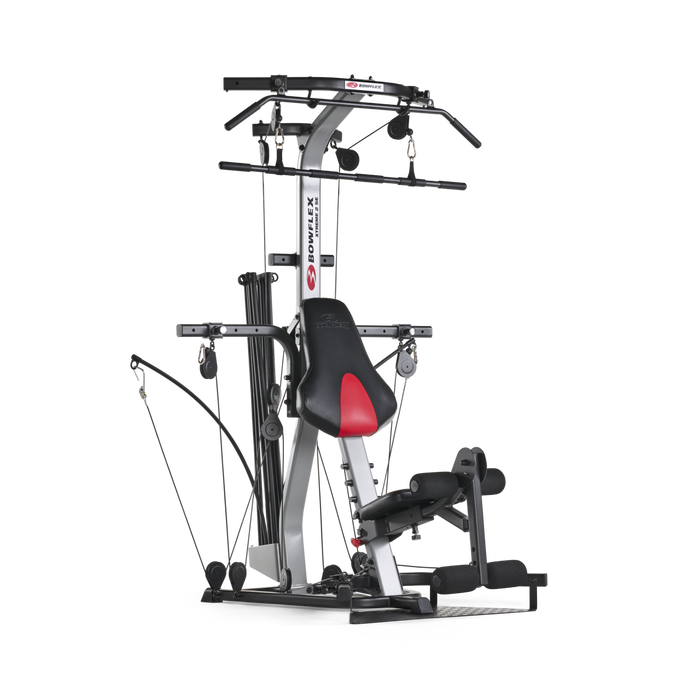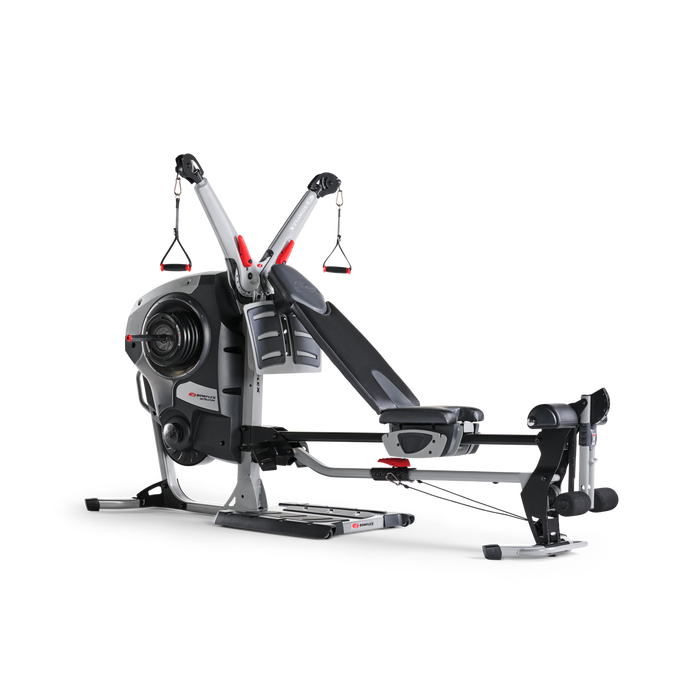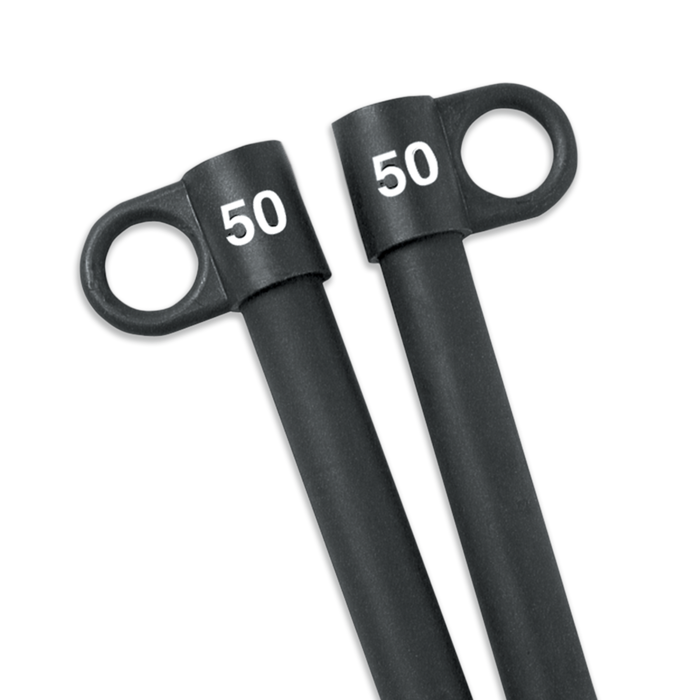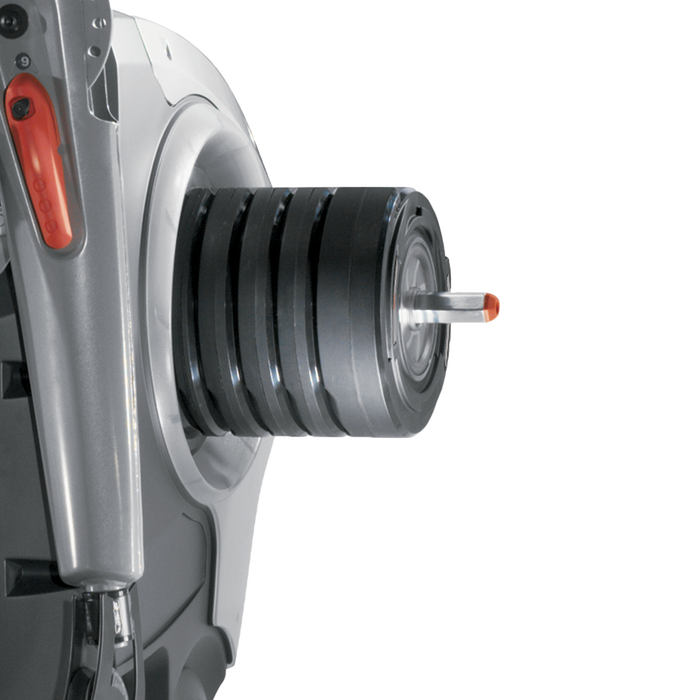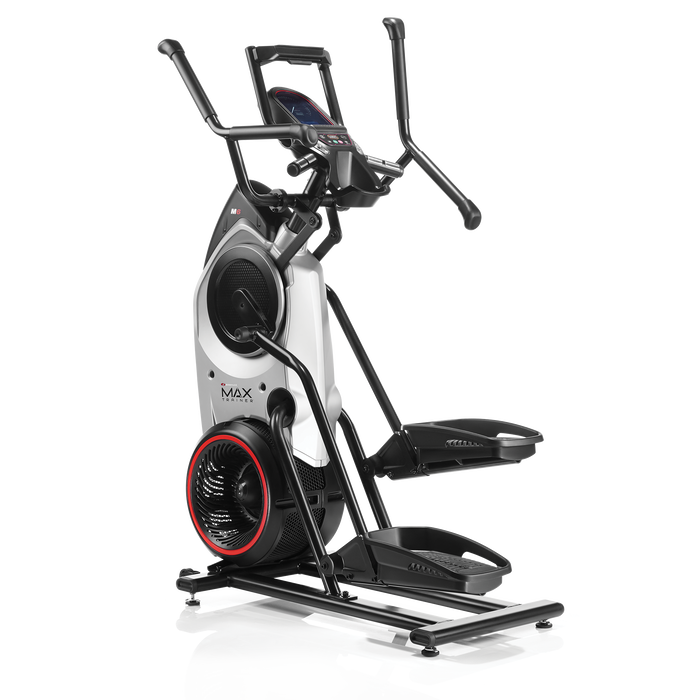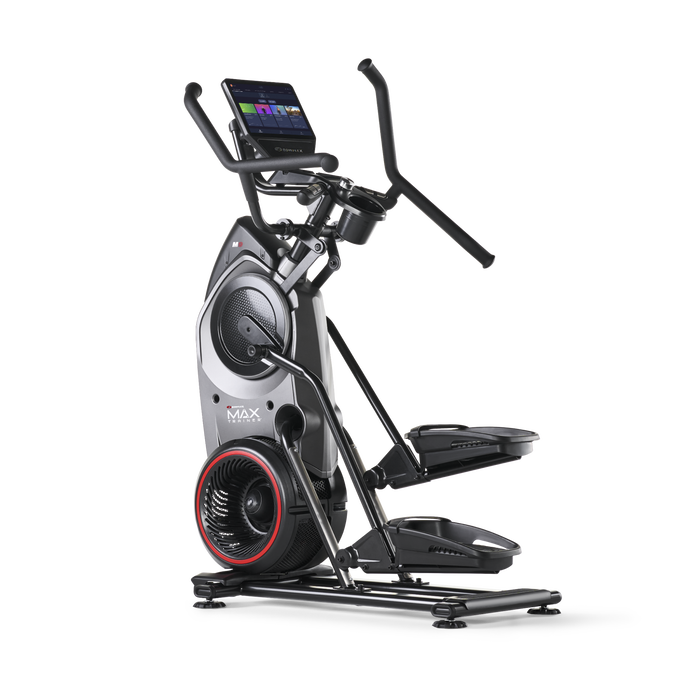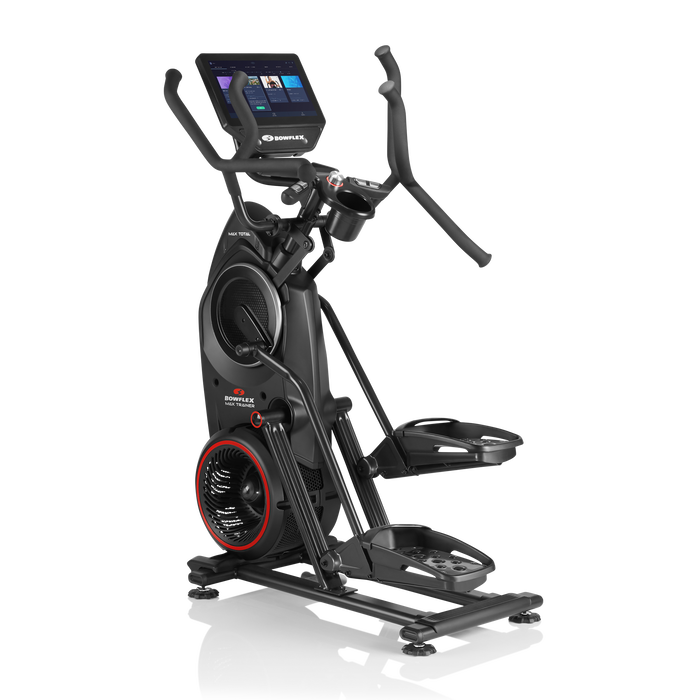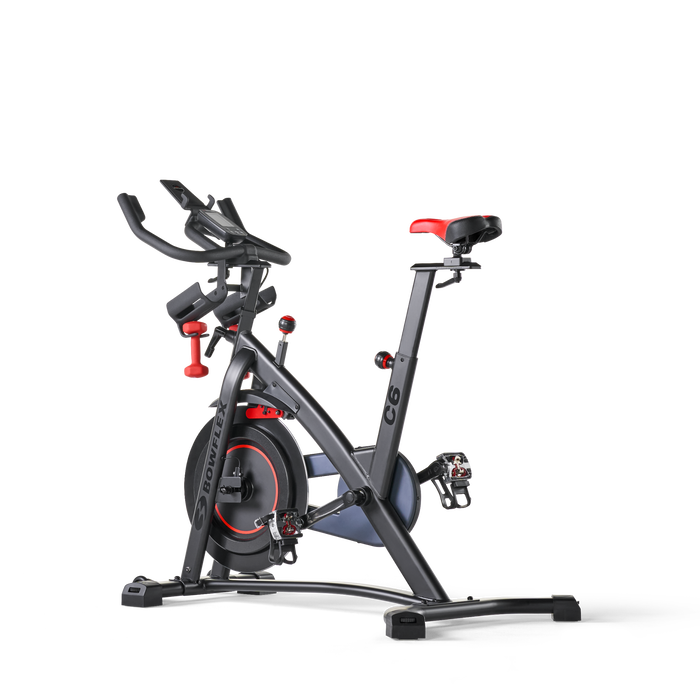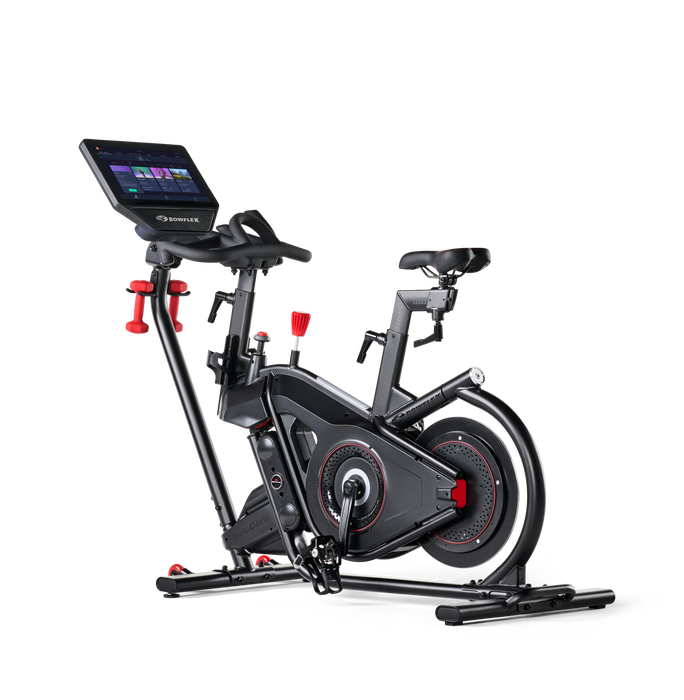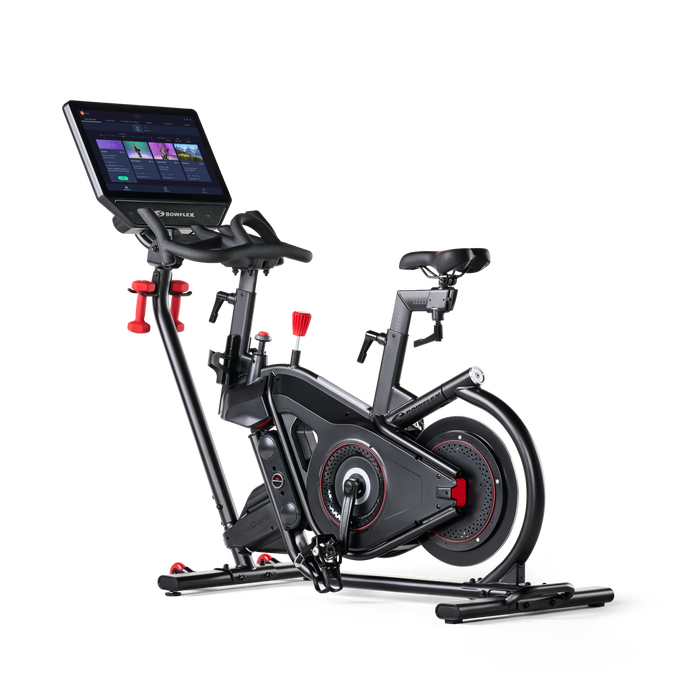Fitness Truths: Training for Balance

These days, it's hard to walk into a gym and not see someone standing on an unstable surface while performing an exercise. The logic behind this is that they are developing better balance and improving their proprioception (ability to sense where body is in space).
But for some people the thought of trying to stay balanced on top of a large inflated ball is pretty scary. For many others, it's downright impossible! So how are you supposed to develop better balance when we can't even do the thing that supposedly improves it?
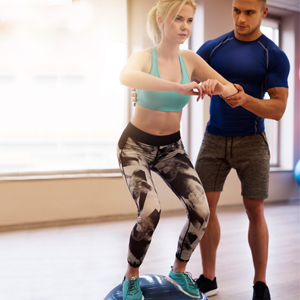
Before we answer that question, it's important to understand how balance is controlled. It involves 2 functions:
- Sway detection via proprioception.
- A corrective action to re-establish a stable position. In other words, when the body senses that its center of gravity is about to move beyond its base of support (the feet), it tells you to push through the ground via muscular effort to create a force that keeps it within your base of support thus preventing a fall.
When we are standing still we are usually able to detect sway rather easily and it takes little force to correct it. The bigger deal is when we are mobile and something perturbs us such as tripping or something (or someone) attempts to push you over. This requires a great deal of force to correct…and quickly! Thus, muscular power is strongly correlated to having better balance.2
Therefore, to improve balance we must improve proprioception and muscular power of the lower legs, thighs and gluteal muscles. The good news is this is not very difficult to do. If you are doing any sort of lower body strength training, you're already on your way to a "balanced" life.
There is mounting evidence that suggests that strong legs equal better balance. According to Butler and colleagues, the muscles in the legs are the primary source of sensory information detecting sway as well as the main producers of force that corrects it.1 They further state that muscle weakness leads to proprioceptive deficits. Another study by Orr et al in 2006 came to the same conclusion.2
Conversely, unstable surface training can have a dubious effect on strength and power development. For example, Behm, Anderson and Curnew found that using unstable surfaces resulted in 70% lower force production and 44% less muscle activity on leg extensions and seated calf raises; which work two very important muscles, quads and calfs, for balance control.3 Furthermore, McBride et al. (2006) found a 45% reduction in peak force and 40% deficit in rate of force development (how quickly your muscle produce force) while doing squats on an unstable surface.4 That's a big deal! It can be the difference maker of whether or not you fall which can lead to injury and can sometimes be fatal, particularly in the elderly population.
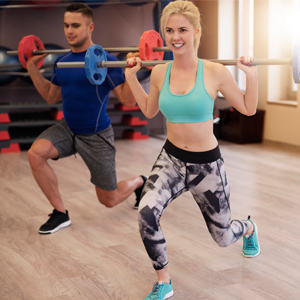
Strong legs equal better balance.
The bottom line is that the most important factor for keeping yourself upright is keeping, or improving, the strength of the lower legs to improve proprioception and, more importantly, allow you the ability to produce a high amount of force and quickly! As research suggests, the best way to increase strength is by using stable surfaces.
However, the benefits of unstable surface training should not be totally dismissed as they do in fact help improve proprioception.5 Just don't make it the main focus of your workout routine. A combination of stable and unstable surface training will provide the best results. A study by McKeon and colleagues in 2008 found that the best combination is 25% unstable surface training and 75% stable surface training demonstrated the best improvements in both static and dynamic balance control.6
So don't throw away your inflated balls and wobble boards just yet. Keep them in the corner of your workout space so they are out of the way of your strength training equipment and have fun trying to balancing on them a few times a week.
Sources:
- 1 Butler, A., et al. (2008). Muscle weakness impairs the proprioceptive control of human standing. Brain Research, 1242, 244-251.
- 2 Orr, R., et al. (2006). Power training improves balance in healthy older adults. Journal of Gerontology, 61A(1): 78-85.
- 3 Behm, A., et al. (2002). Muscle force and activation under stable and unstable conditions. Journal of Strength and Conditioning Research, 16, 416-422.
- 4 McBride, J., et al. (2006). Isometric squat force output and muscle activity in stable and unstable conditions. Journal of Strength and Conditioning Research, 20(4), 915-918.
- 5 Myer, G., et al. (2006). The effects of plyometric vs. dynamic stabilization and balance training on power, balance, and landing force in female athletes. Journal of Strength & Conditioning Research, 20(2), 345-353.
- 6 McKeon, P., et al. (2008). Balance training improves function and postural control in those with chronic ankle instability. Medicine & Science in Sports & Exercise, 40(10), 1810-1819.
